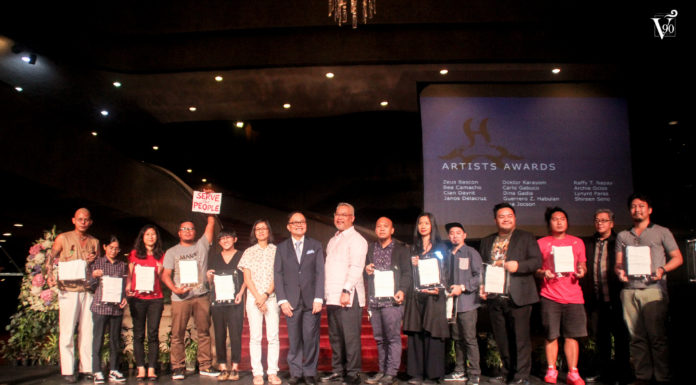 EVERYONE delights in taking photographs. Perhaps its because photography is an art form that everyone can try and enjoy. It is so easy for a photographer to take a snap of something that catches their eye.
EVERYONE delights in taking photographs. Perhaps its because photography is an art form that everyone can try and enjoy. It is so easy for a photographer to take a snap of something that catches their eye.
But if one were to compare the subjects, quality and aesthetic use of the pictures of now to yesteryears, maybe one would think twice about buying a camera.
Echoing a column which a Varsitarian colleague wrote, people are buying digital single lens reflex (dSLR) cameras for all the wrong reasons. It has me think whether or not the essence of photography has been forgotten. In his column, he elaborated that cameras have been demoted to a fashion item. But his statement is a mere inference and is hardly premised, which is something this column will support, in the hope that it will revive the aesthetic sense of photography.
One must check out where one could see digital camera or dSLR users and it would most likely be in events and photoshoots such as in Chinatown during the Chinese New Year. Further browsing through the files, one would notice the immense amount of shots of people, colloquially called “vain shots.”
Understandably, people can do as they please, even if that means overloading their cameras with different angles of the same faces. But to see them in public property like City Hall tarpaulins and lampposts is rather annoying.
There is hardly a corner in the streets of Manila where there are no pictures of the politicians or billboards of local stars.
Naturally, people remember an advertisement better if there is a familiar face. But maybe this simply means that the “vain shot” mentality has somehow corrupted our aesthetic sense. I particularly remember an advertisement in which a group of three huddled together just to be in range of the camera.
Coincidentally, the Latin root of the word “vanity” is “vanitas,” which means “emptiness.” There is also an art form of the same Latin name, which often depicts the mortality of man through a skull, clock or any similar symbol pointing to the inevitable end.
So everywhere we go, it seems that we are surrounded by emptiness. We find emptiness in the broadest boulevard to the smallest esquinita. Anyone, especially politicians, would go to great heights just to get their photo printed on a big tarpaulin for all to see.
Politicians have finally used their vain glory to their advantage. Manny Villar is not yet posting his face in every corner, but he has practically swamped the boob tube with his face.
Worse still are the blue rangers of the Metropolitan Manila Development Agency (MMDA), who put up the billboards of Bayani Fernando along flyover support columns, in addition to the obnoxious MMDA stickers which say “bayani.”
There are many more people to name. Political advertisements have sadly debased the aesthetics and function of photography. French sociologist Pierre Bourdieu suggests in Photography: A Middle-Brow Art that photography becomes realistic and objective when it fulfills its functions.
In the context of political advertisement, one can say that this kind of photography is no longer realistic and objective; it does not fulfill it function. Political advertisements come with promises of peace, education, government projects and economic upligt, but after leaving the podium from the oathtaking, do politicians even remember to fulfill their promises?
A specific example: What happened to the public arkets? Have any of them improved significantly after Mar Roxas, alias Mr. Palengke, made it to the Senate? In Manila, have their seen improvement by Mayor Alfredo Lim, and before him, Lito Atienza?
Solution: take as many vain pictures as you want, but if you plan on exposing them publicly, make sure they aren’t empty. Stop degrading the aesthetics of photography and start working.















